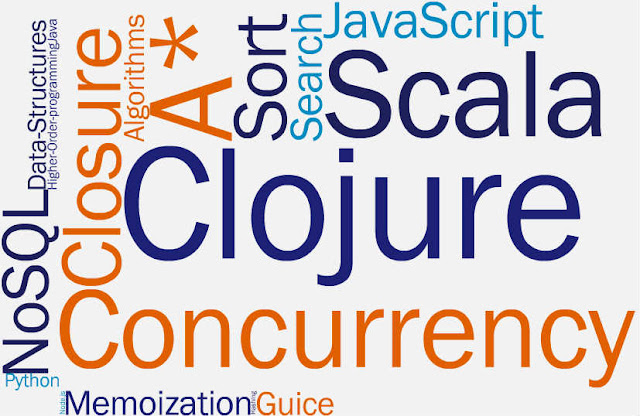I have been thinking a while on of what could be the one attitude that would bring me far in life.
"Keep Calm and Stay Cool"
Don't get nervous, don't panic, don't get stressed or don't let anybody make you angry.
How can we avoid all these emotions?
I believe that great movie directors and script writers have portrayed this character many times. Forget about the action heroes or the flying kung fu fighters. I mean characters that have flesh and bone. Paul Newman in COOL HAND LUKE, Richard Gere in FIRST KNIGHT Simon Baker in THE MENTALIST. They all show calmness in the face of apocalypse.
Act, don't react!
Many times in uneasy situations we tend to react to the external stimuli.
Don't let the environment dictate your actions. You are not distracted by anything else than the task at hand. Even if you are in deep shit and everybody expects you to shit in your pants. You enter through the door and look calm. You don't have to look joyous or dull. There is something in between where there is no need to show any emotion, simply calm. Staying calm means keeping your life in your own hand.
Stay calm and react cooly when stakes are high
It has been beautifully articulated in FIRST KNIGHT by the character of Sir Lancelot on how to win sword fights.
1. Study your opponent, so you know what he'll do before he does it.
2. Wait for the critical moment.
3. You can't care about your life.
Embracing the worst case scenario and not getting intimidated by it is the way to go. The one thing that makes you sweat and loose calmness is not the enemy but rather you fearing it is. Dictatorial governments use psychological terrors to intimidate the population and keep the ducks in line. The bullying boss, the abusive partner, the aggressive colleague, they are all afraid of the fearless you. The reason why Mahatma Gandhi was feared by the Mighty British Empire for his disobedience of non-sensical apartheid laws and his path of non-violence (SATYAGRAHA: insistence on truth) or to the sincere smile of His Holiness the Dalai lama by the Chinese government. The weapon these great men have is the conquest over themselves and there fears.
Fearless is not madness or carelessness. It is rather a logical step and a firmer stance to fight back. Leaving fear behind and focusing on the task at hand is the most reasonable action to take. Every tough concept can be broken down into smaller blocks and can be mastered. May we all burn a spark of courage and rise above the tiny fears in our life and have a cool hand like LUKE.



